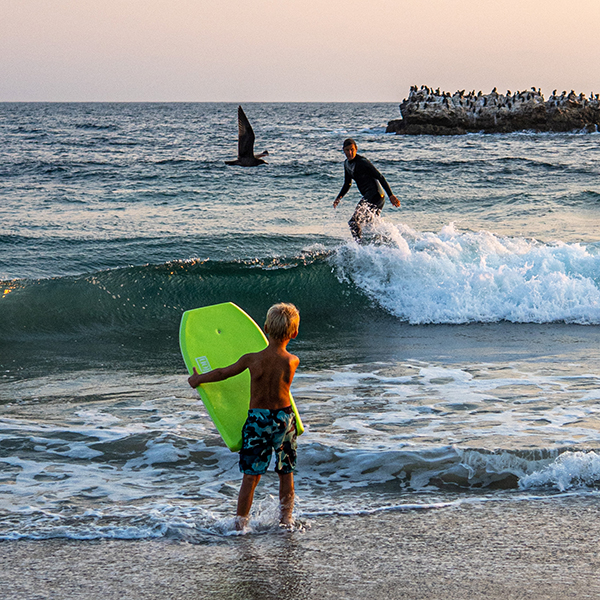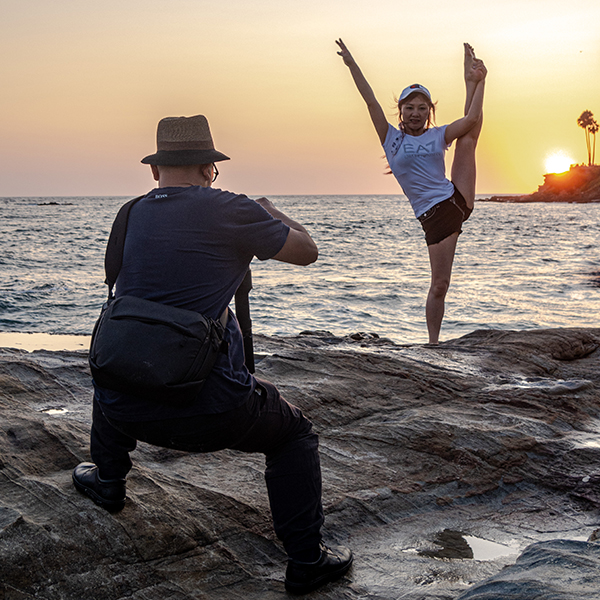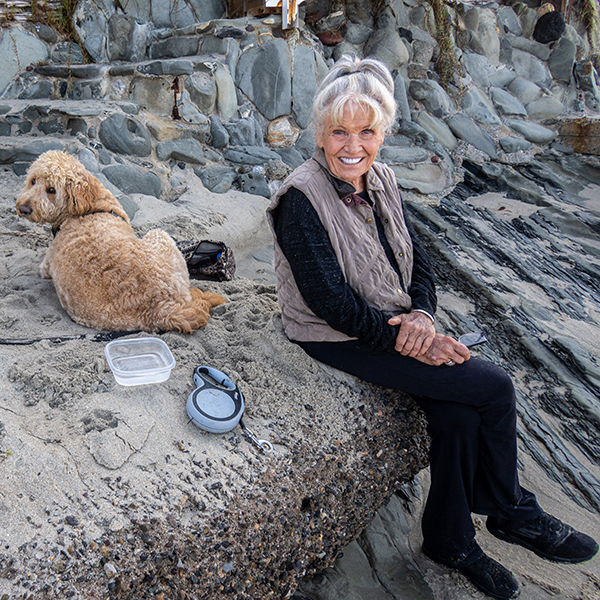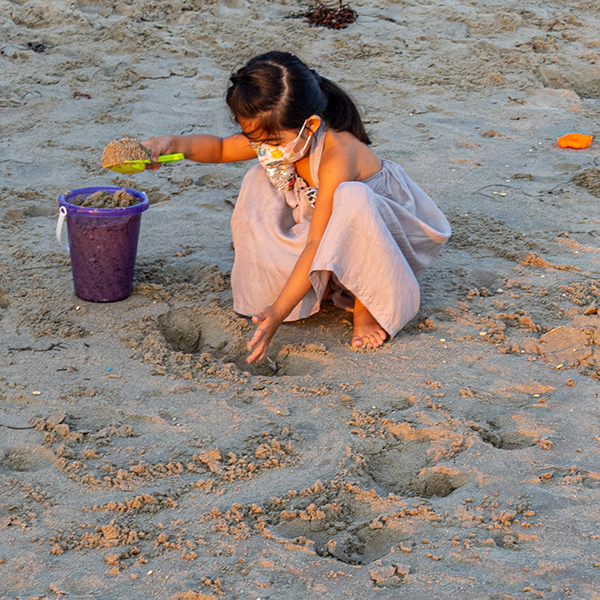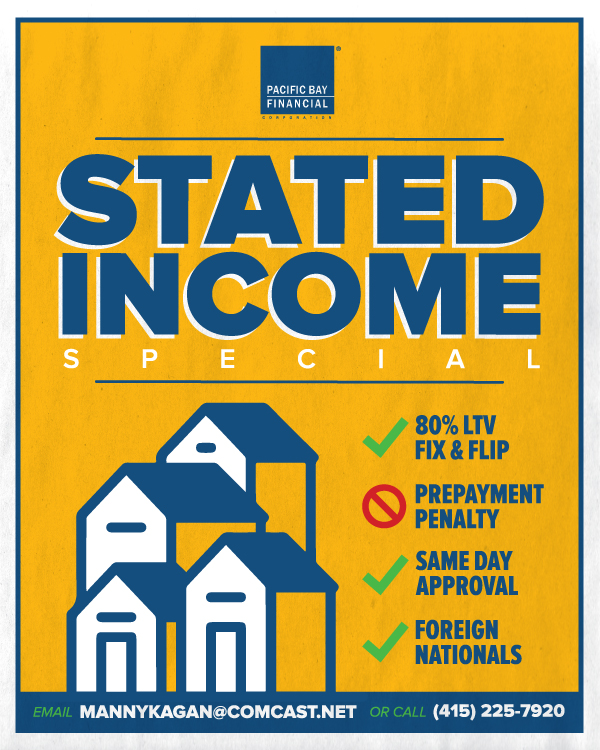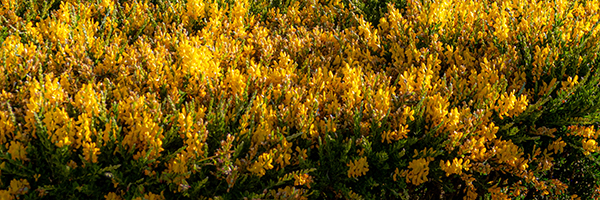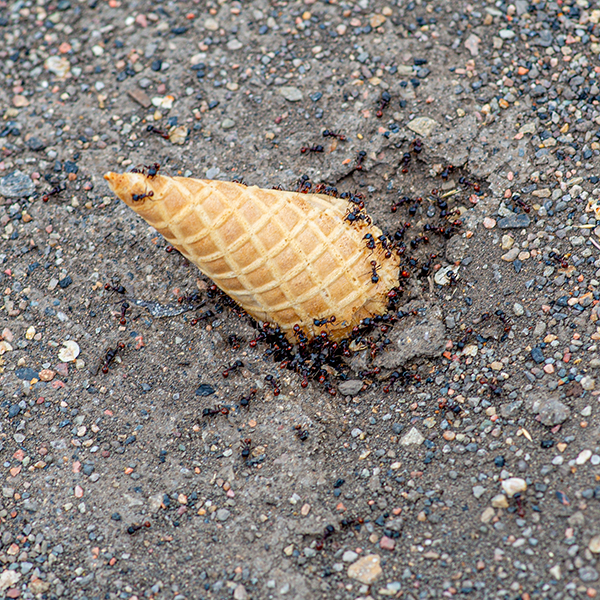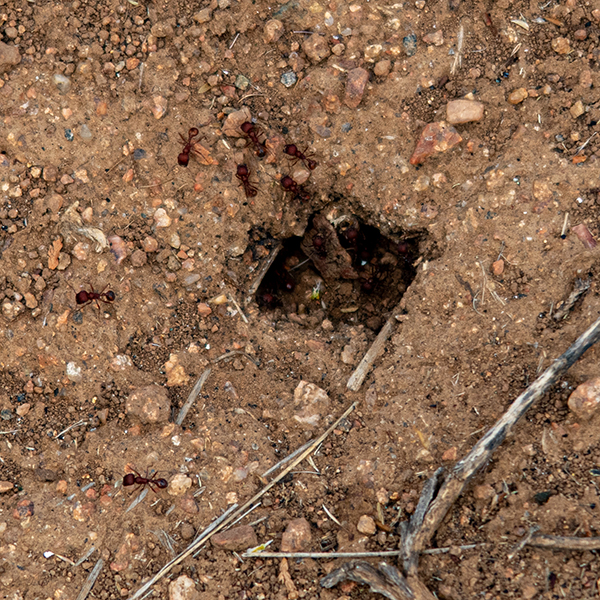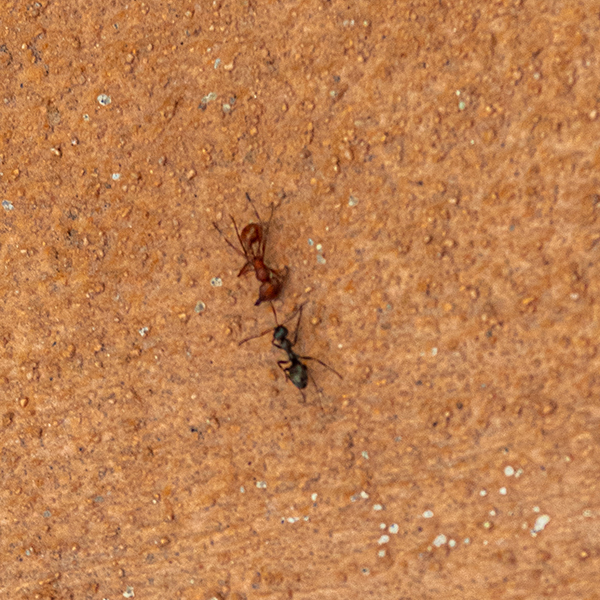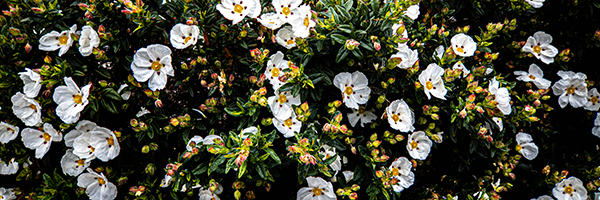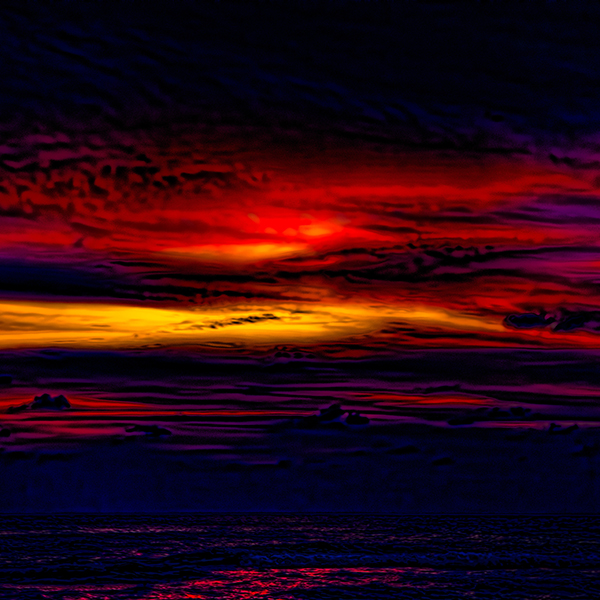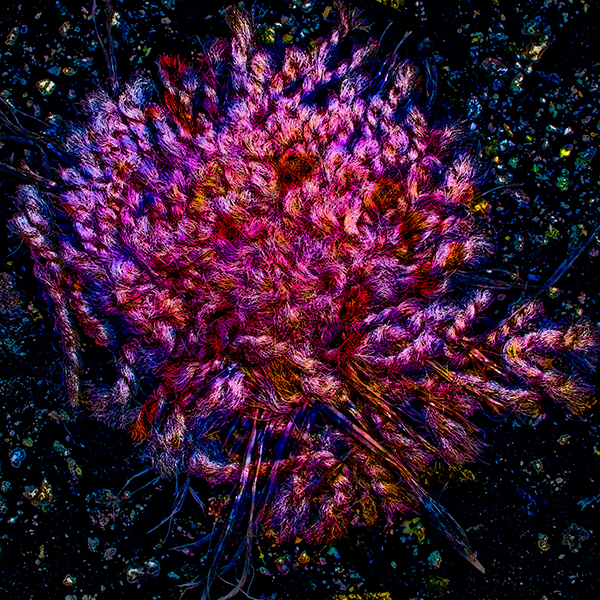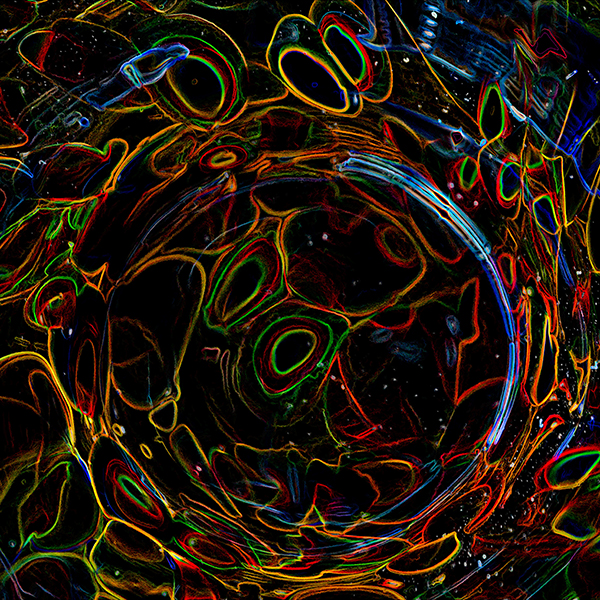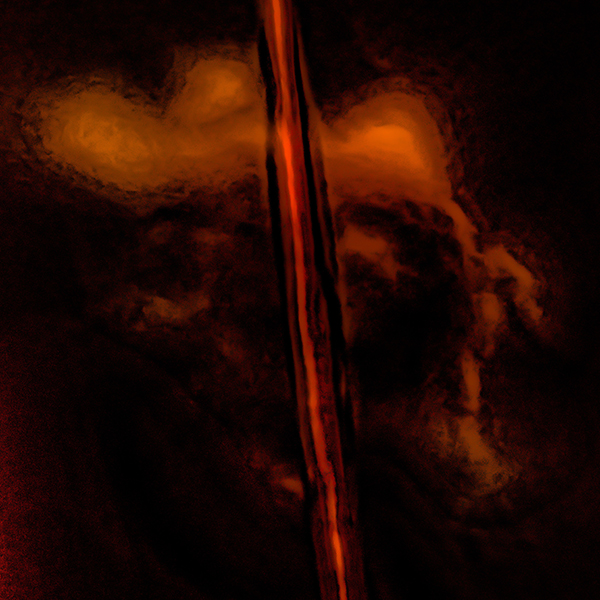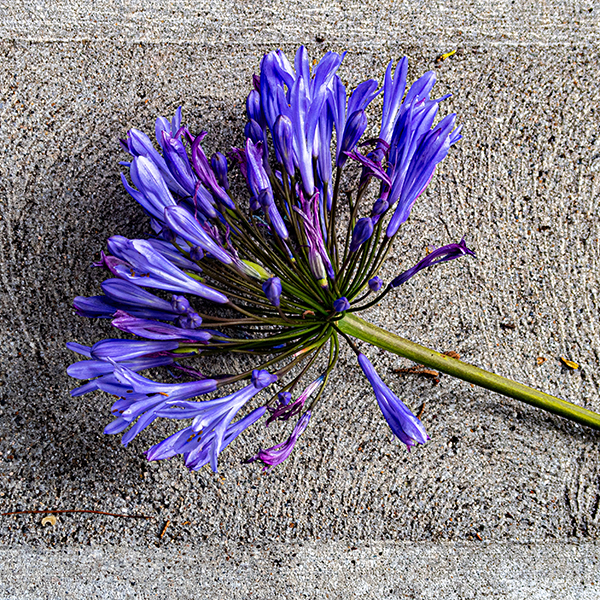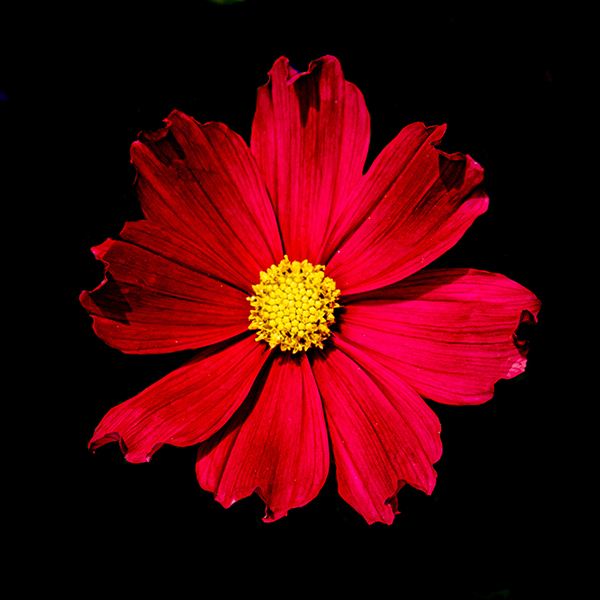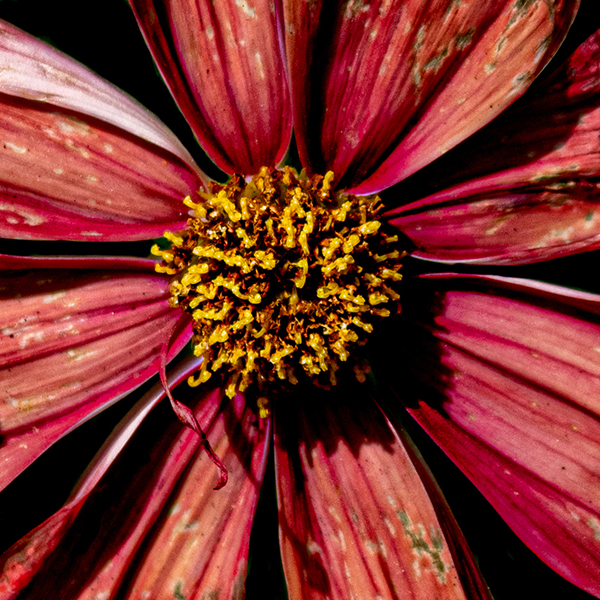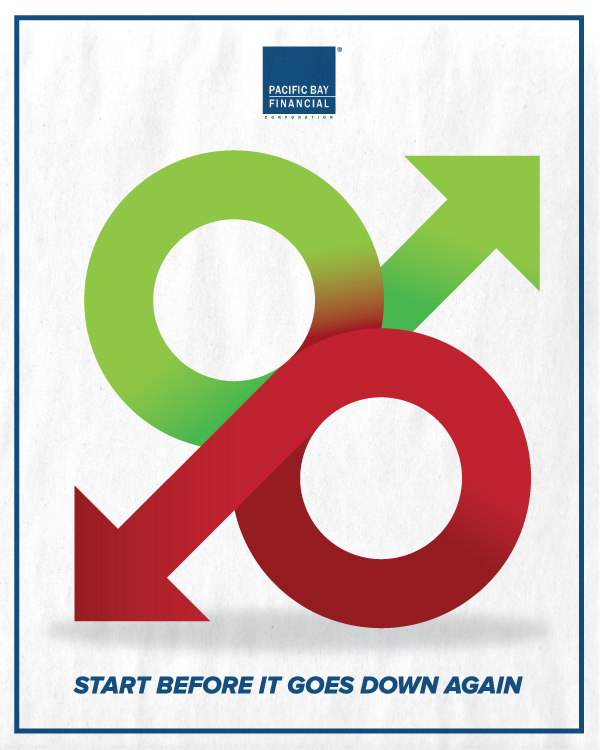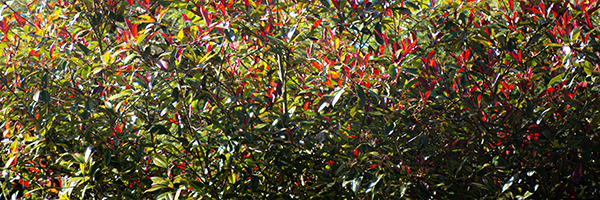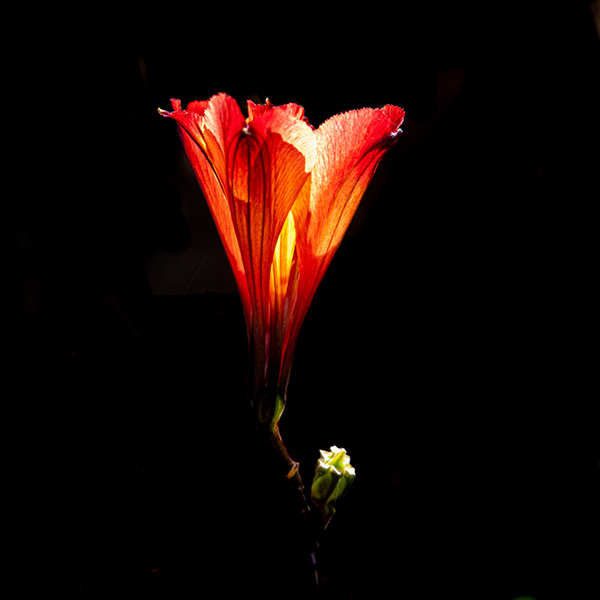
Why and Where to
Recharge Your Batteries
Recently our daughter Alona’s boyfriend Jeff shared a recent of his experience with us. He took his car in for an oil change. However, when he tried to turn on the ignition, the engine was dead. Fortunately, he was in the right place. The culprit was the battery, which had survived 260,000 miles.
Many car owners have had similar experiences, when for various reasons, their car battery died. While, the solutions are relatively simple – to carry charging cables and ask friendly drivers to help you, or to call AAA, or another road side assistance service; sooner or later, charging does not work anymore, and you have no choice, but to replace the battery. This relates not only to cars, but to our bodies as well.
I heard about Jeff’s experience during our visit to Laguna Beach, where Alona and Jeff rented an apartment for a month and invited us to spend a few days with them to recharge our batteries. Jeff was born and grew up in Laguna Beach, which is situated in Orange County, Southern California, and naturally knows his way around. Because of the volume of work in the office, both myself and my wife Elfa felt exhausted, and though our stay was for only three days, it gave us an opportunity to relax, a change of scenery, to walk on the beach and to photograph (I returned with over 1200 images) and, yes, to recharge. Max stayed with his dog sitter, but we saw plenty of dogs all around us.
We were reminded that the coronavirus is still around only by the masks some had on their faces. All of the restaurants were open and served very good food at the outdoor terraces. With the local population of about twenty-three thousand, there is an estimated six million tourists who visit the community, annually.
As a boy, Jeff used to skateboard down the hills and catch waves on his surfboard. He told us about his childhood experiences and how the area had changed since. In the morning, we went for a walk on the beach, and in the afternoon we drove to other surrounding towns, and then returned to the beach to watch the sunset. We could easily stay there for longer, but we missed Max, and he missed us. Perhaps next year we will drive down there together with him and stay longer.
P.S. Part of the recharging process is to do more of what you love, for me this is photography. It was difficult to pick up just four images. Besides photographing people I encountered on the beach, I also captured images of flowers, some of them, which I photographed, ended up on Instagram.
Enjoy and Share with a Friend.

